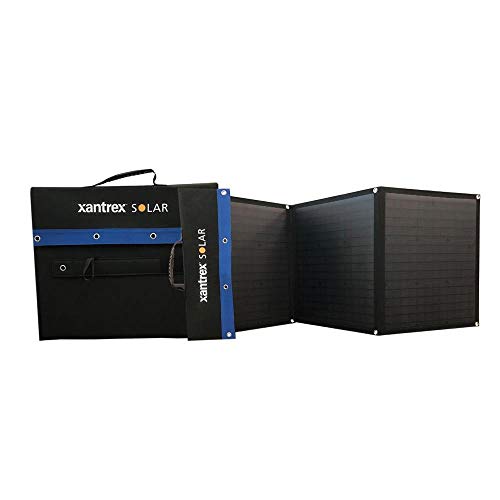thetundrawolf
Member
- Joined
- Jun 8, 2022
- Messages
- 13
- Reaction score
- 5
Hi,
I am building an elongated 4x4 van, that will be half van, half utility bed. I have not fitted the utility bed to it yet, but soon.
My concern is that, the metal box will act as a sort of reverse heat sink, with the cooling "fins" being the internal shelving.
I saw a product once, to help welders, it was a gel or paste that you could put on a piece of metal to stop the heat from transferring, it worked remarkably well it seemed.
If it could do it to that metal, then maybe something could "stop" the internal "fins" from absorbing cold/heat from the outside... Say maybe silicone caulking/sheeting?
Or, just reflectix, or some hard foam insulation, that wouldn't trap moisture against the metal like expanding foam does.
For insulating bare metal, what is best?
I plan on living in the utility bed portion for quite some time, with my two dogs.
I want to, use possibly a ductless mini split to heat and cool, i will have 1,600W solar, and maybe 6KWH lithium batteries, but just to start. I am not opposed to, and probably will have a dual, gas/electric setup, to especially warm it inside.
Ideas are appreciated.
I am building an elongated 4x4 van, that will be half van, half utility bed. I have not fitted the utility bed to it yet, but soon.
My concern is that, the metal box will act as a sort of reverse heat sink, with the cooling "fins" being the internal shelving.
I saw a product once, to help welders, it was a gel or paste that you could put on a piece of metal to stop the heat from transferring, it worked remarkably well it seemed.
If it could do it to that metal, then maybe something could "stop" the internal "fins" from absorbing cold/heat from the outside... Say maybe silicone caulking/sheeting?
Or, just reflectix, or some hard foam insulation, that wouldn't trap moisture against the metal like expanding foam does.
For insulating bare metal, what is best?
I plan on living in the utility bed portion for quite some time, with my two dogs.
I want to, use possibly a ductless mini split to heat and cool, i will have 1,600W solar, and maybe 6KWH lithium batteries, but just to start. I am not opposed to, and probably will have a dual, gas/electric setup, to especially warm it inside.
Ideas are appreciated.

































































